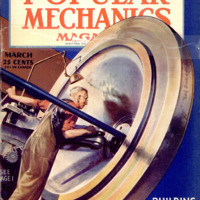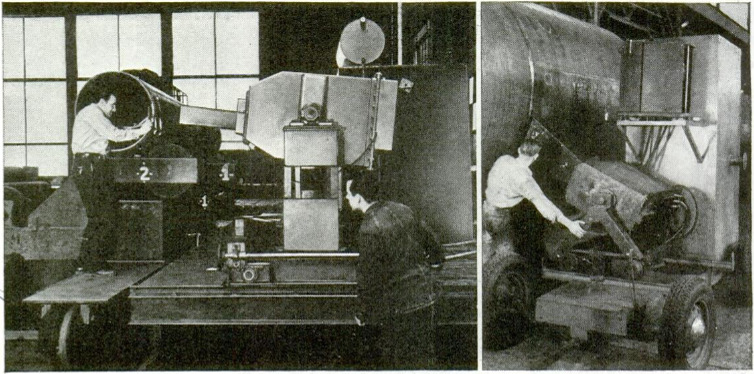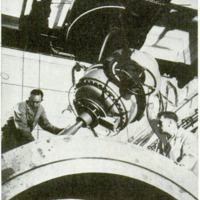X-Rays in Overalls
Item
- Title (Dublin Core)
- X-Rays in Overalls
- Article Title and/or Image Caption (Dublin Core)
- X-Rays in Overalls
- Language (Dublin Core)
- Eng
- Temporal Coverage (Dublin Core)
- World War II
- Date Issued (Dublin Core)
- 1942-03
- Is Part Of (Dublin Core)
-
 Popular Mechanics, vol. 77, n. 3, 1942
Popular Mechanics, vol. 77, n. 3, 1942
- pages (Bibliographic Ontology)
- 46-47, 164
- Rights (Dublin Core)
- Public domain
- Source (Dublin Core)
- Google books
- References (Dublin Core)
- X-ray
- Spanish–American War
- United States of America
- World War I
- Ford Motor Company
- General Electric
- chlorofluorocarbon
- Watertown Arsenal
- Babcock & Wilcox
- Combustion Engineering
- Schenectady
- American Steel Foundries
- Norfolk
- Philadelphia
- Archived by (Dublin Core)
- Enrico Saonara





